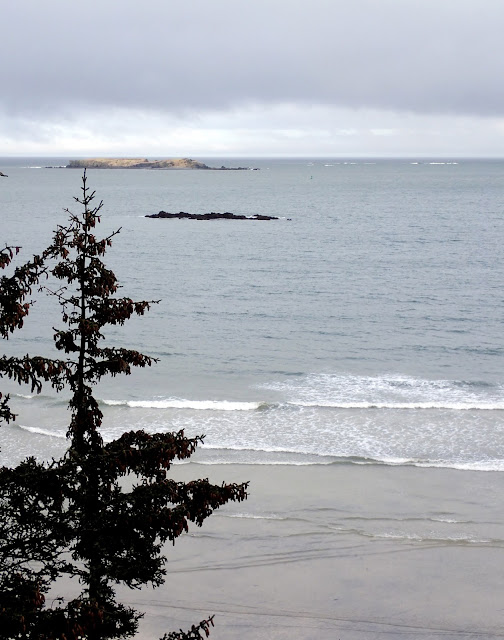Go Big or Go Home: American Engineering in the Aleutian Campaign
Bunker Busters, Missile Batteries, Artillery Shells - all these terms apply to military weaponry, but what I am looking at are the names of fireworks, a traditional way for Americans to celebrate the Fourth of July holiday since 1776. Which reminds me, Alaskans have special reason to celebrate independence. Japanese forces occupied American soil. In early June 1942, Japanese forces attacked Dutch Harbor and invaded the islands of Kiska and Attu.
The conquest of Attu came at a great price to the Alaska Native community of Attu. Three residents and a school teacher were killed in the invasion. The remaining 42 villagers and school teacher were taken as prisoners to Japan, where at least 16 would perish in the three year-long imprisonment. Like other villages in the Aleutians, the residents of Attu were not allowed to return to their home even after the War. Even seventy years later, the pollution and destruction of Attu is substantial. This would not be the fate of Kodiak.
The U.S. had been preparing to defend the Alaskan coast and established Army and Navy operations in Kodiak. By the time of the Japanese invasion, coastal defense construction was steaming ahead. By 1943, there was an elaborate network of military defenses that not only included officially designated forts - Tidball on Long Is., J.H. Smith in Chiniak, and Abercrombie, but submarine nets and booms, mine fields, docking facilities, power plants, radio, meteorological, and tide stations - all linked by a substantial road system.
During this intense period, American engineering was at its prime. Out in the Aleutians on mountainous Adak, finding a position for an airfield was next to impossible. Within weeks, engineers drained a lake and used the soft sandy bottom as a surface. In Kodiak, ammunition bunkers, like the one at Miller Point, were created by continually pouring concrete for 72 hours straight. With ceilings up to 7 feet thick and reinforced with steel rods, they could have easily withstood aerial bombardment.
Indeed, engineering and other industrial technological advancements helped us win the war. Advancements came in many fronts - weaponry, logistical support, communications, medicine, and manufacturing. On Kodiak, an early radar system was employed. Marsden or Marston matting was used to quickly create runways. The long steel strips with holes punched through have been repurposed over the years, and you can see the planking used in fences and other makeshift Kodiak structures. Ever wonder about the oddly flat Puffin Is.? Well it was flattened and set up as an anti-torpedo boat battery, consisting of barracks, administration buildings, searchlight and control bunkers, two 90 mm mounted guns, 40mm automatic guns, and .50 caliber machine guns with over 14,000 rounds of ammunition and projectiles on hand.
In contrast, the Japanese on Kiska spent 11 months excavating and chucking rocks in an attempt to build an airfield. Alaskan weather inhibited delivery of supplies and heavy machinery. The airstrip was never completed. American forces took back Attu in an intense battle in which many lives were lost. Once recaptured, American engineers constructed an airstrip on Attu in mere weeks.
Ultimately, the Japanese could not secure its advancements. Under the thick cover of fog, in the midst of an intense aerial bombardment by U.S. aircraft, Japanese forces on Kiska fled to their nearest base of Paramushiro. American soil was once again in American control.
While I am amazed, if not perplexed at times by the accomplishments of the U.S. in WWII, I also realize the devastation people faced and that the aftermath of the War cannot be amended. The activities of WWII left a permanent mark on the people and landscape of Alaska. I hope that on this 4th of July, we can celebrate our independence in a deeper way, because we have insight from our history, a greater understanding of Alaska’s thousands of years of history and the people who first occupied the land, and because we have more compassion for our neighbors, who probably have different beliefs and are from a different place than ourselves. I am thankful, that on this holiday, with God’s graces, we are free.
View of Puffin Is. From Buskin Hill, former Fort Greely
.50 caliber machine gun shell on beach
(Little secret: I didn't find this)
I also included a photo of Mardsen matting on the runway of Miller Field in Chinak from the Kodiak Historical Society, but I only got permission for use in the newspaper. I showed my photo of Marsden matting before, probably back in Nov. Google it if you don't know.












